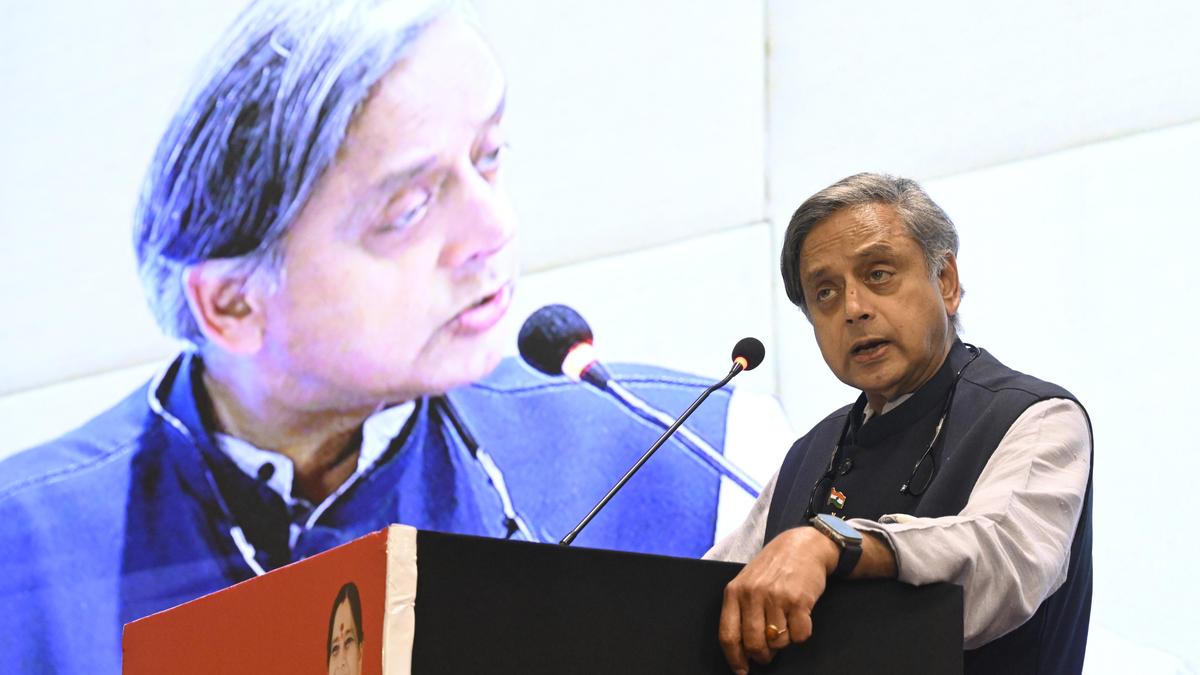The government is exploring alternatives to bank-centric tendering for its new barrier-less tolling system, under which eight projects have been awarded out of a total target of 25 for the financial year 2025.
“We have given primacy to banks, which act as the primary bidder and the system integrator because they are a regulated entity. But this model is not scalable,” a senior official of the Ministry of Road Transport and Highways said, adding that the government “will have to shift away from the model” after the first lot of 25 Multi-Lane Free Flow (MLFF) tolling systems are put in place.
Barrier-less tolling on national highways aims to reduce congestion at toll plazas — a problem that has not been addressed by the radio-frequency identification (RFID)-based FASTag system introduced in 2021. The MLLF system will enable toll payments through reading of Fastags and Vehicle Registration Number (VRN) by high-performance RFID Readers and automatic number plate recognition (ANPR) cameras. The first project was awarded on August 30 to ICICI Bank for the Choryasi fee plaza in Gujarat on National Highway 48. Jio Bank too has bagged a project for two toll plazas between Gurugram and Jaipur.
The implementation of the new mechanism also relies on public behaviour and the likelihood of violations as there are no barriers for toll collection, said one NHAI official. In order to deter violators, the Ministry has proposed a draft amendment to the Central Motor Vehicles Rules, 1989, which for the first time defines “unpaid user fee”. The amendment also provides for withholding of several services like renewal of registration, transfer of ownership, issue of duplicate registration certificate, no-objection certificate, fitness certificate, and even insurance issuance in case of an unpaid fee.
Another key pain point of road users is the increasing toll fees on national highways for which the Ministry has approached NITI Aayog to examine the “principles” of tolling through an academic institution. The official explained that toll booths came up in 1997 under the National Highway Fee Rules of 1997. While the Rules, known as National Highways Fee (Determination of Rates and Collection) Rules, 2008, were revised in 2008, the changes adhered to the base rates of the 1997 Rules.
The base rates are calculated on three factors: vehicle operating cost, vehicle damage factor and willingness to pay. The NITI Aayog study will examine if better cars have lowered the first two factors, and it will also conduct a survey through on willingness to pay of road users.

 1 hour ago
3
1 hour ago
3








 English (US) ·
English (US) ·